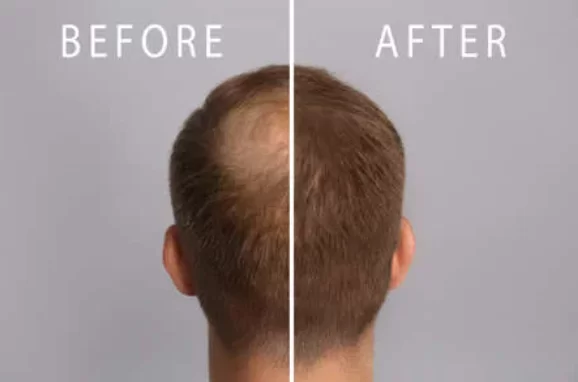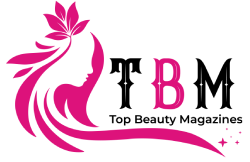In a world obsessed with eternal youth and beauty, the quest for effective hair regrowth solutions has become a priority for many. Among the myriad of options, Platelet-Rich Plasma (PRP) therapy has emerged as a non-invasive and promising solution. Let’s dig into the science, benefits, and considerations surrounding PRP therapy for hair regrowth.
Understanding PRP Therapy
PRP therapy is a revolutionary approach that extends beyond hair regrowth, encompassing benefits for your skin as well. The process entails tapping into the healing properties of one’s own blood to stimulate both hair follicles and skin rejuvenation. It commences with a gentle extraction of a small blood sample from the patient, which is then processed to isolate the platelet-rich plasma (PRP). Abundant in growth factors, this PRP is strategically injected into the scalp for hair regrowth and can also be utilized to enhance skin texture and vitality.

The Science Behind PRP and Hair Growth
The magic behind PRP therapy lies in its ability to activate dormant hair follicles. The growth factors present in platelets stimulate cellular regeneration and collagen production, promoting a conducive environment for hair follicles to flourish. Scientific studies have consistently supported the positive effects of PRP on hair growth, providing a solid foundation for its credibility.
Benefits of PRP Therapy for Hair
One of the key attractions of PRP therapy is its natural approach to hair restoration. Unlike invasive procedures like hair transplants, PRP utilizes the body’s own healing mechanisms. Additionally, the risks and side effects associated with PRP therapy are minimal compared to other hair regrowth treatments.
Who Can Benefit from PRP Therapy?
While PRP therapy holds promise, not everyone may experience the same level of success. Ideal candidates for PRP therapy are individuals with early-stage hair loss and those looking for a non-surgical solution. However, certain medical conditions or medications may hinder the effectiveness of PRP.
What to Expect During a PRP Session
The duration and frequency of PRP sessions vary, but patients can generally expect multiple sessions over a few months. It’s essential to manage expectations, understanding that results may take time to become noticeable. Open communication with a qualified healthcare professional is crucial in setting realistic goals for each individual.
Comparing PRP with Other Hair Regrowth Solutions
In the vast landscape of hair regrowth solutions, PRP stands out for its non-invasiveness and natural approach. When compared to traditional methods like hair transplants or pharmaceutical options, PRP therapy offers its own set of advantages and disadvantages. Understanding these distinctions can help individuals make informed decisions about their hair restoration journey.
Real-Life Success Stories
The true test of any hair regrowth solution lies in the experiences of those who have undergone the treatment. Real-life success stories serve as testimonials, providing insights into the effectiveness of PRP therapy. Before-and-after pictures and personal anecdotes contribute to a more comprehensive understanding of the potential outcomes, reinforcing the effectiveness of PRP hair loss treatment.
Possible Drawbacks and Limitations
While PRP therapy is generally well-tolerated, it’s essential to address common misconceptions and acknowledge instances where it may not be the ideal solution. Factors such as advanced hair loss stages or underlying medical conditions may limit the effectiveness of PRP therapy, and individuals should consult with a healthcare professional for personalized advice.
Conclusion
In the ever-evolving landscape of hair regrowth treatments, PRP therapy has carved its niche as a promising and minimally invasive option. Its natural approach, coupled with scientific support, makes it an attractive choice for those seeking to rejuvenate their locks. As with any medical procedure, individuals should approach PRP therapy with realistic expectations, understanding that results may vary.
FAQs
Is PRP therapy painful?
PRP therapy is generally well-tolerated, with minimal discomfort during the procedure. Any pain is usually mild and temporary.
How long does it take to see results from PRP therapy?
Results vary, but many individuals start noticing changes after a few months of regular sessions. Patience is key.
Are there any side effects of PRP therapy for hair regrowth?
Side effects are minimal, but some individuals may experience temporary redness or swelling at the injection site.
Can anyone undergo PRP therapy for hair regrowth?
While PRP is suitable for many, those with advanced hair loss or certain medical conditions may not experience optimal results.
Is PRP therapy a permanent solution for hair loss?
PRP therapy can stimulate hair regrowth, but maintenance sessions may be needed to sustain results over the long term.
